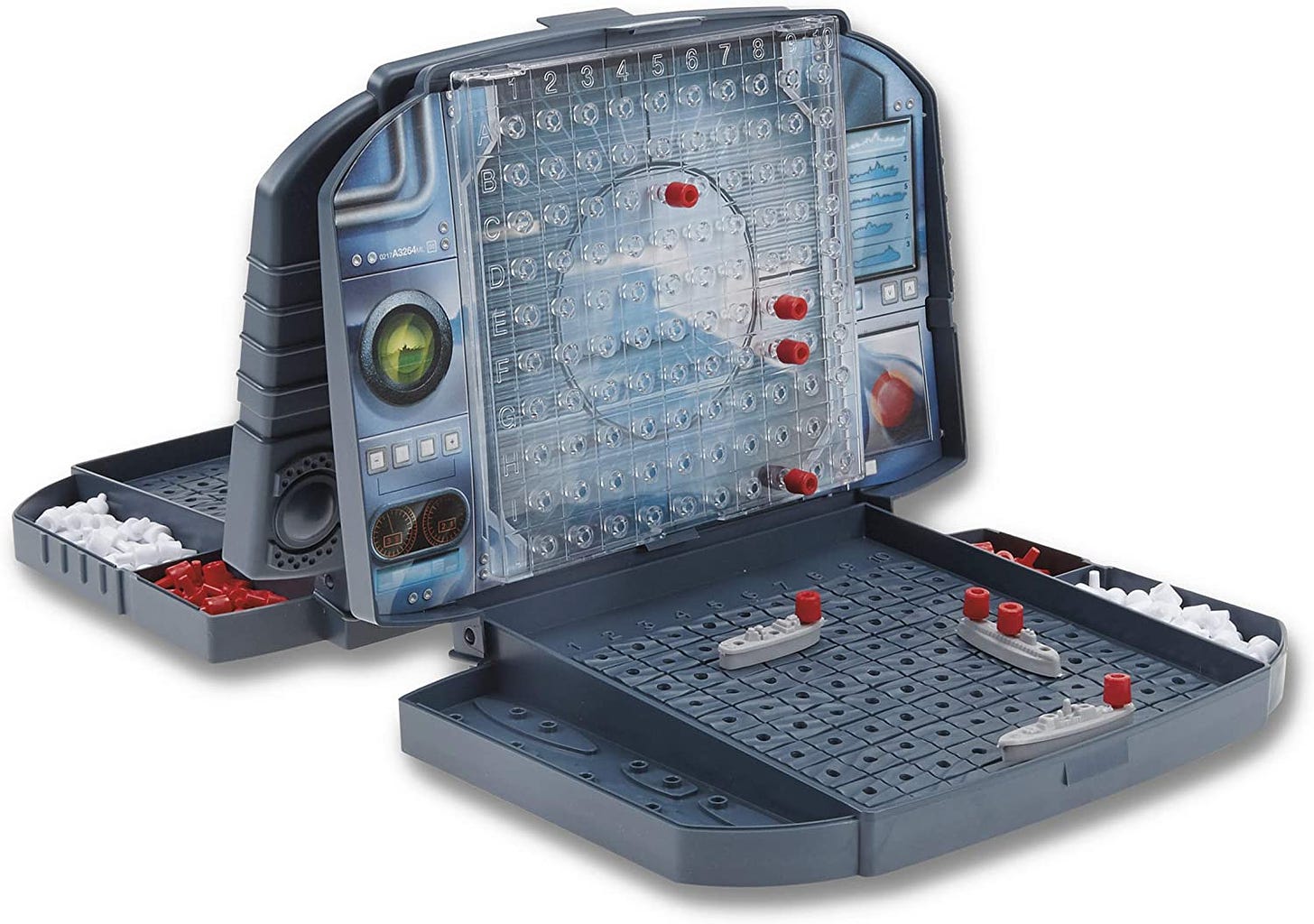Imagine a game of chess where, knowing your opponent reasonably well, you choose all of your moves before you even put your finger and thumb to the first pawn. 'Surely,' you might say, 'I'd need to see what the opponent does too, before deciding on my second move - and certainly my 4th move?'
Or, imagine a game of Battleship where you 'fire' without any feedback - you don't know if you hit or miss. How could you play that game that way, you might well ask? A feedback-less process where you throw your calls over the divider, but no feedback comes back, other than that it landed...?
And yet... Such is the way that early phase is conducted, by default.
When your model is forecast-based, it's how you have to play those games. The prediction paradigm requires best-bets made early. And the feedback that you need isn't 'did the drug start the next phase?' but did it hit when it landed in the market? Fair enough - that could be 10 years away.
The better model? Backcasting...
An idea that features heavily in the great Annie Duke book, Thinking In Bets, backcasting is about looking forward and working back, planning on the ways to get there. 'Aha,' I hear you say, 'that's exactly what we do now. We decide the drug is a heart failure drug, and we plan to get it there.' That, however, is not backcasting - it depends wholly on your prediction that it is 'a heart failure drug': from that point, you will only be operationalising one concept. However well informed your prediction, you run the risk of missing by one square. In heart failure terms, your disease modifying drug might miss the clinically significant symptom score, and thereby miss its value proposition. Even within heart failure, there are a dozen 'concepts' that could be hit or missed by a linear, basic development plan.
The only way to backcast in pharma is not to play Battleship assuming there's only one ship on the other side. As soon as you accept that there are 20-30 places that your drug could launch, you have to come back to how you found out which was best. Of course, that means trade-offs between small, hard to hit boats and bigger ships that might take more hits to clear.
It really is a simple choice: predict and play, or recognise that the early rounds are about finding out - not finding out that you were wrong, but finding out what moves your opponent has (in this case, what biology, regulators, the market and more have to say about your drug) - a process of learning, and ideally asymmetric learning (learning things your competitors don't know). It is hard, in that thought experiment, to continue to follow the first model, no matter how much you improve your predicting and forecasting power. The second model is a change of perspective, but fortunately it is rational. It is also, honestly, the only way that drugs have ever been developed - many may try to deny the role of serendipity in the great drugs that made it through (or mis-characterise serendipity as luck...), but history is against them. So is the future.


